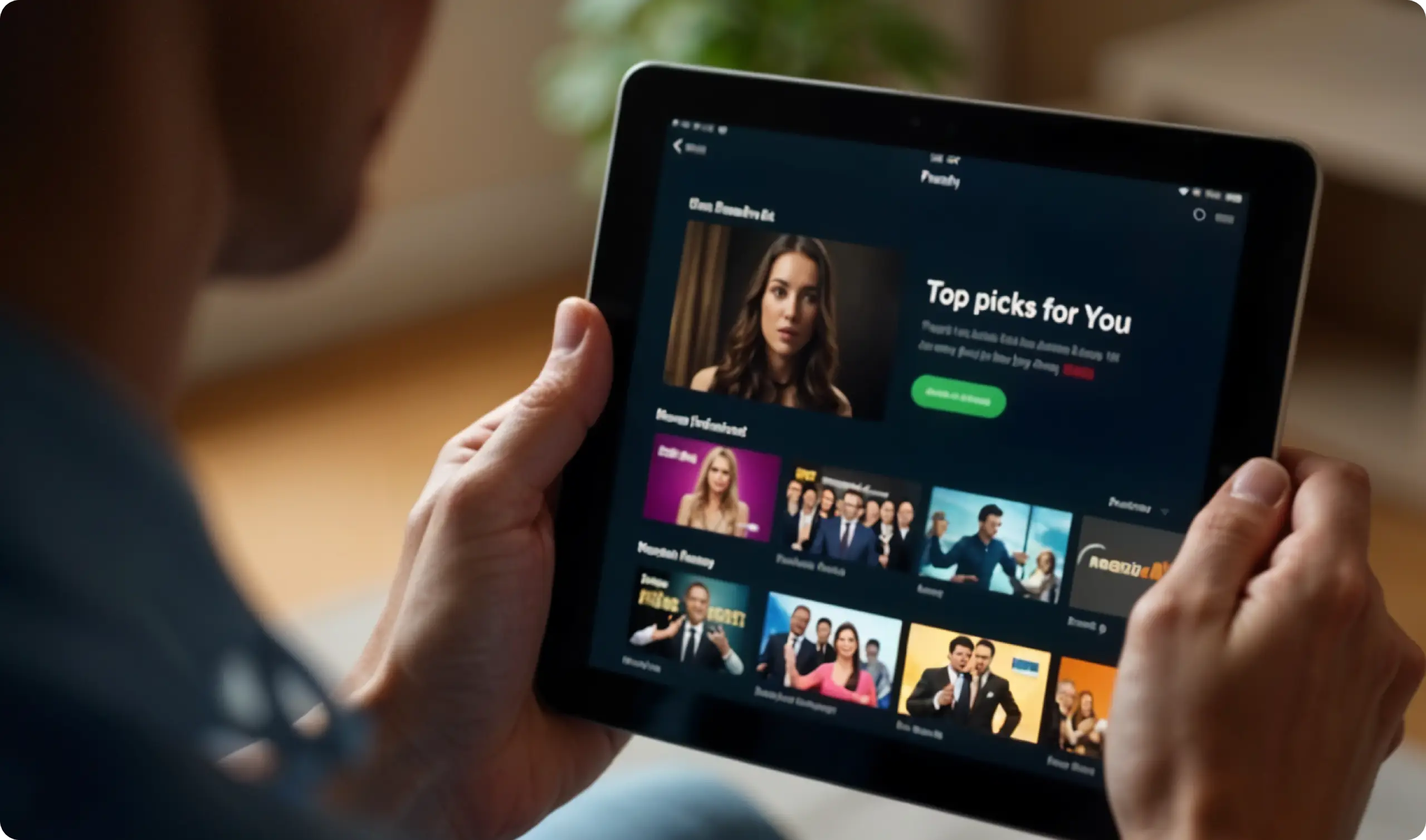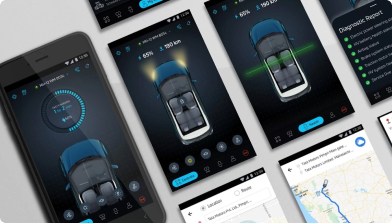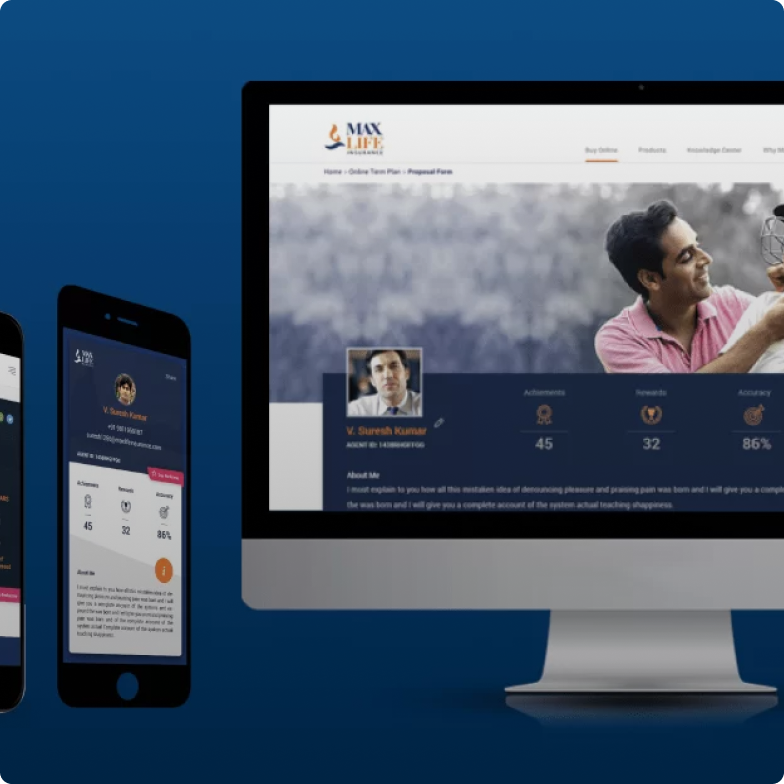
User experience design is the most talked-about and most-searched-for profession these days in India. UX design has evolved into one hyper-growth industry. It is a requisite now, that people who have a wide range of skills generally do better in this field. One day the designers will be doing user research - interviewing customers, stakeholders, setting up brand voice, analyzing user insights, and the next day they’ll be white-boarding, designing interfaces. At some point they’ll be preparing the A and the B variations to test, busy rethinking how to focus time and increase productivity without compromizing on the output.
Skills and expertise are bound together. Specialization implies mastery, and being an adaptable designer who seamlessly enters myriad spaces, roles and efficiently solves problems. Broadly, the design industry asks for versatility from its youngsters.
So, how does a designer prep for these industry demands and ride through these waves of change triumphant? To answer this question, we are enlisting a few resources that you will require to equip yourself with the required knowledge, skills and thinking.
1. Develop Design Mindset:
Deeply, relentlessly ambitious. Eternally inquisitive. These are some of the fundamental mindsets of a designer. Learn to ask the right questions. Be observant of the patterns in business and cultures. Equip yourself with this mindset so that you can ask the question, “Does this call to action button support or contradict what I am trying to communicate to the user?” And the answers will direct you to refine and improve the design; the little things that often go unnoticed, that ultimately enhance the user experience.
2. Books & Publications:
The UX industry may not be that old but, there are one too many publications and good books to read about available in the market. Read lots of content with special focus on design standards and best practices. Reading blogs, books, methods, watching informative videos of tools to keep updated about what’s happening in user experience design proves incredibly helpful.
3. UX Design Courses:
There are a lot of design practitioners and institutes that offer courses dedicated to UX design in the form of practical tips, useful guidelines, best practices and case studies. A lot of these forums/ websites provide treasures of information on interaction design where you can learn directly from industry experts. Up-skilling is the norm these days. This is a good way to do just that.
4. Learning from the Heroes:
There are so many modern day bigwigs and leaders we look upto. Veteran user experience mentors are offering collective ‘evidence-based’ research, opinions and interviews online these days. It is very easy to follow their thoughts and teachings these days. Learning from them, does add value whether you are just beginning or working towards taking your career to the next level.
5. Self-education:
There are many people who prefer learning new skills when working. R&d for better ways to accomplish tasks at hand, getting to know a new software or even how to follow certain methodologies. All of this content is available online where, sections like freebies, tutorials are a resourceful collection of ebooks and design kits!
6. Design Inspiration and Criticism:
There are also certain platforms where one can upload their work, get feedback, also comment and appreciate other people’s work. It is very important for designers to be in a clear and inspired state of mind. Inspiration can be found on many popular websites.
7. Psychology:
Emotions shape all our activities in adaptive ways. In the absence of psychological insights, decision making is virtually impossible to design for users. Understanding the importance of psychology in design is highly important. Persuading users through design can improve user experience. Understanding psychological triggers, the behavior of users is crucial in order to better engage them.
8. Design Projects on Personal Time:
Working on personal design projects other than the regular work, is an adventure in itself to know yourself and the world around you better. It challenges out-of-the-box thinking. Works wonders for the creative soul definitely increases your confidence levels and instills a pure problem solving attitude.
9. UX Writing as a Design Strategy:
One of the primary goals of any good designer is communicating the intended message. The one that leads to a positive user experience. Be it talking the stakeholders in signing-off your designs. A designer communicates through UX writing, the color of text, the alignment of form labels are all part of this communication. Being able to guide the user through the obstacles they’re facing without being too noticeable and providing a positive experience through the written word is important.
10. Drawing parallels:
Crafting human-centered experiences are by nature of shared experiences. Engaging with users leads you to understand their authentic experiences. Similarly, interacting with people, in general, garners a similar effect. The more you interact with people, learn from their experiences, the more equipped you will be in terms of dealing with unsatisfied users, negative insights about designs and overall client relationship management. Also, drawing parallels from relevant industries benefits you as a designer, in many ways.
Amplify your brand presence with the best UX design studio that truly aligns your needs with those of your consumers! Get in touch with us at YUJ Designs, today!






